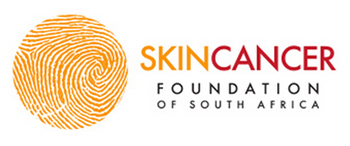Actinic Keratoses (AKS)
These are common lesions of the skin considered to be the earliest stage in skin cancer development. Further changes in cell growth can turn AKS into a type of skin cancer know as Squamous Cell Carcinoma.
Who is most at risk?
Caused by long-term sun exposure, AKS is most commonly found in those over 40 years of age but is even found in teenagers. Almost 50% of fair-skinned people who live in year-round hot areas have AKS.
What does it look like?
AKS is usually found on the sides of the forehead, the ears, the scalp of bald men and the backs of hands. Typically an AKS lesion is a dry, scaly and rough skin-coloured to reddish-brown bump on the skin. Ranging from the size of a pinhead to larger than a R2 coin, they are often noticed by touch due to their sharp, hard scale and can feel like sandpaper. In some cases a cutaneous horn can form and is most commonly found on the external ear. It gets its name thanks to its close resemblance to an animal horn, which can vary in size from a pinhead to a pencil eraser. It can be straight or curved. An AKS can also form on the lower lip, drying and cracking open. AKS on any part of the skin may seem to disappear for long periods of time, but will return to the same place.
Treatment options
- Cryosurgery – Liquid nitrogen is used to freeze the surface skin which flakes off and is replaced by new skin.
- Topical Chemotherapy – A topical anti-cancer cream or lotion is applied to bring out the AKS lesions.
- Photodynamic Therapy – A natural chemical is applied and after a few hours the skin is exposed to ‘Blue’ light that activates the
chemical to destroy the AKS. - Chemical Peeling – A mild, medium or deep chemical solution is applied causing the skin to peel over a few days. As the treated skin peels,
new skin forms in its place. - Laser Skin Resurfacing – This is a sequence of treatments with a carbon dioxide laser that removes surface skin to the required
depth. A week or two of healing is necessary.
Prevention
Sun damage starts in childhood and poor protection puts children at risk for skin cancer later in life. However, you are never too old to practice sun safe behaviour.
– Avoid excessive sunlight exposure, particularly between 10am – 4pm
– Wear sun-protective clothing and a wide-brimmed hat
– Use a broad-spectrum sunscreen with an SPF 15 or higher, apply 30mins before exposure and reapply every 90mins when outdoor (even on cloudy days)

